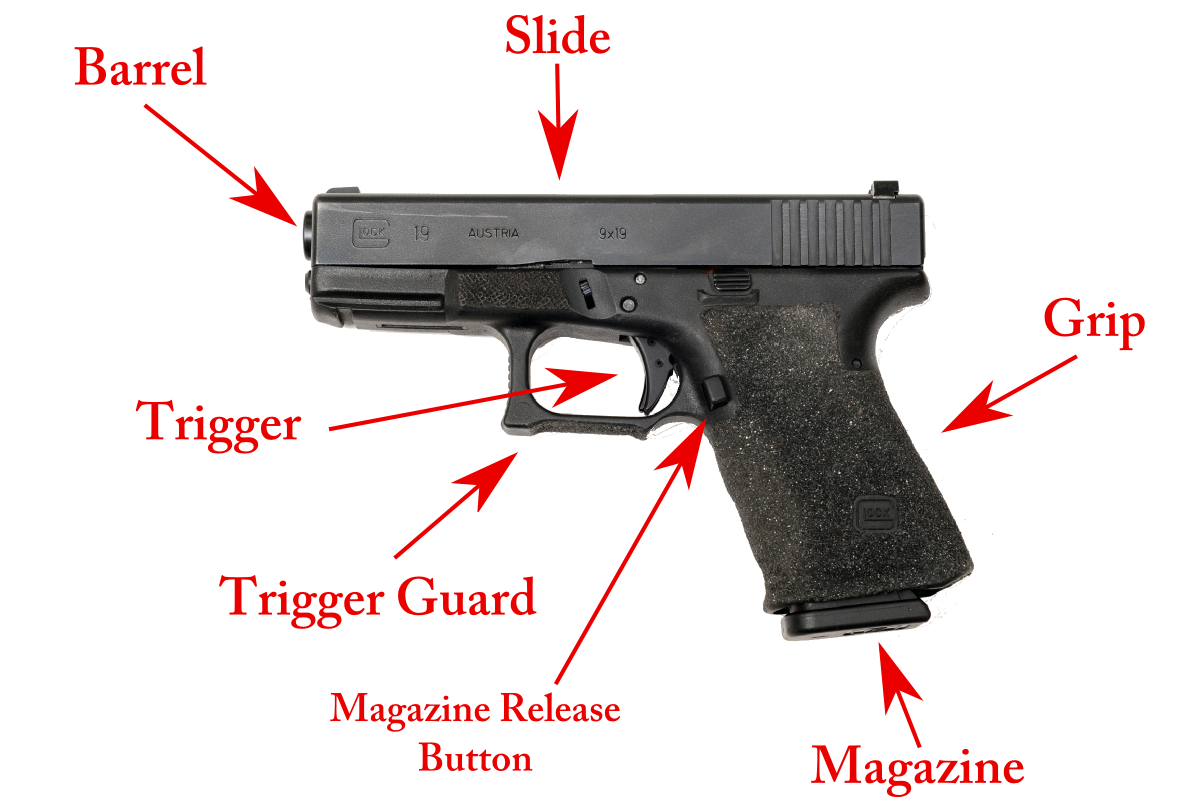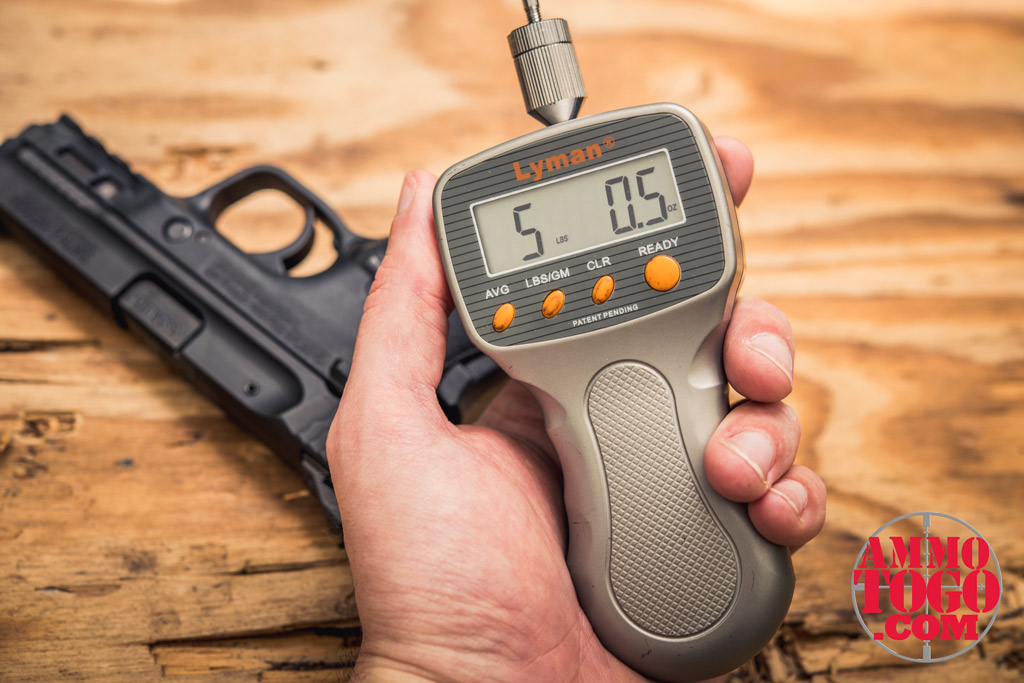How Many Pounds of Pressure Does It Take to Pull a Trigger?
When it comes to firearms, understanding the amount of pressure required to pull a trigger is crucial for both safety and precision. Whether you're a seasoned shooter, a firearm enthusiast, or someone looking to purchase a new gun, knowing this essential detail can greatly impact your shooting experience. In this comprehensive guide, we will delve into the mechanics behind trigger pull and explore the factors that influence it. By the end of this article, you'll have a clear understanding of how trigger weight affects shooting performance and safety.

Anatomy of a Gun
1. The Fundamentals of Trigger Pull
Before we dive into the specifics, let's lay the groundwork by understanding what trigger pull entails. Trigger pull refers to the amount of force needed to activate a firearm's firing mechanism.
This force is typically measured in pounds and is a crucial factor in determining a gun's usability, accuracy, and safety.
Different firearms, such as handguns, rifles, and shotguns, can have varying trigger pull weights based on their design and intended use.
2. How Trigger Pull Is Measured
To accurately determine the pounds of pressure required to pull a trigger, firearms are typically tested using a trigger pull gauge.
This device precisely measures the force needed to release the sear and fire the gun.
The trigger pull weight can be expressed in single-action and double-action firearms, each having its unique characteristics.
Additionally, the importance of consistent trigger pull weight across multiple shots is discussed, especially in competitive shooting and self-defense scenarios.
3. Factors Influencing Trigger Pull Weight
Several factors play a role in determining the pounds of pressure needed to pull a trigger:
a. Firearm Type: Different types of firearms have distinct trigger mechanisms, leading to variations in trigger pull weights. Single-action, double-action, and striker-fired pistols, as well as single-stage and two-stage triggers in rifles, all exhibit different pull characteristics.
b. Firearm Purpose: The intended purpose of the firearm influences trigger pull weight. Law enforcement or military firearms may have heavier trigger pulls to prevent accidental discharges, while target shooting guns may have lighter pulls for enhanced accuracy.
c. Aftermarket Modifications: Some gun owners opt to modify their triggers to suit their preferences, which can alter the trigger pull weight. However, caution must be exercised as improper modifications can compromise safety.
d. Manufacturing Tolerances: Variations in manufacturing can lead to slight differences in trigger pull weights even within the same firearm model.

How Many Pounds of Pressure Does It Take to Pull a Trigger
4. The Impact of Trigger Pull on Shooting
a. Accuracy: The trigger pull weight directly affects a shooter's ability to maintain precise aim and steady hand during the critical moment of firing. Proper trigger control is essential for accurate shooting.
b. Safety: Understanding the significance of trigger pull weight in firearm safety cannot be overstated. Heavier trigger pulls can prevent accidental discharges, especially in high-stress situations.
c. Fatigue and Endurance: In scenarios where rapid or sustained firing is required, a heavy trigger pull can lead to shooter fatigue, potentially affecting performance.
d. Consistency: Consistent trigger pull weight from shot to shot is crucial for predictable results and mastering muscle memory in shooting techniques.
5. Legal and Safety Considerations
It's essential to acknowledge that some jurisdictions may have legal requirements concerning trigger pull weight for certain firearms, particularly those used in law enforcement or civilian self-defense.
Moreover, ensuring a safe trigger pull weight is critical to prevent unintentional discharges and keep everyone on the shooting range or in the vicinity safe.
In conclusion, understanding how many pounds of pressure it takes to pull a trigger is of utmost importance in the realm of firearms. The interplay of firearm type, purpose, and individual modifications impacts trigger pull weight, influencing accuracy, safety, and overall shooting performance. Responsible gun ownership and shooting practices require familiarity with your firearm's trigger pull weight and taking appropriate measures to ensure safety while enjoying the shooting sports. So, the next time you pick up a firearm, consider the mechanics behind trigger pull and appreciate its significance in the world of shooting.